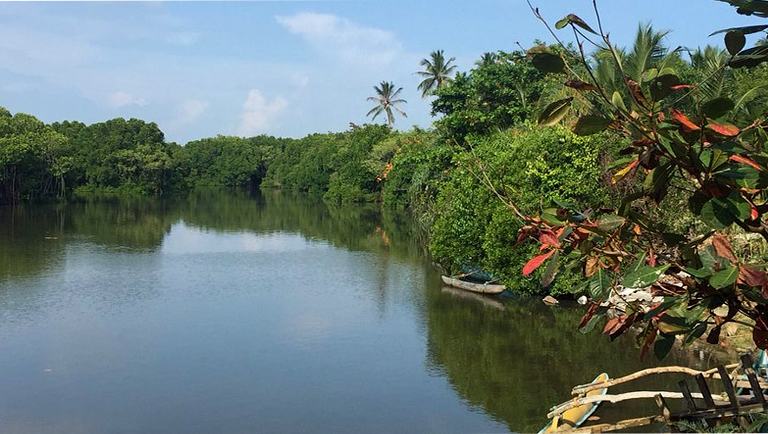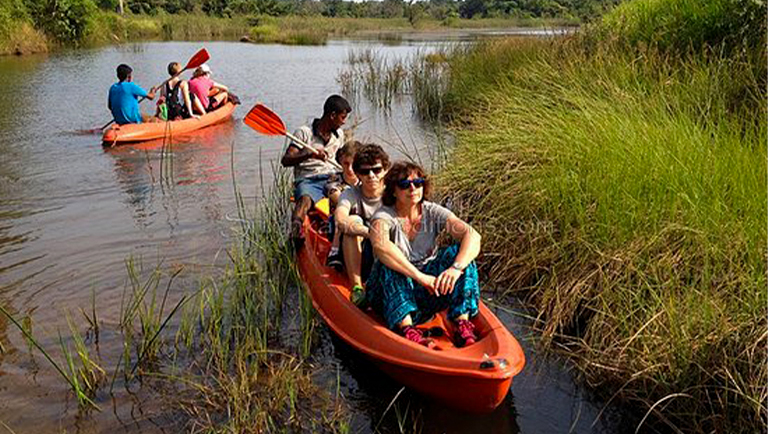
Rekawa & Rekawa Lagoon
What?
This is a biodiverse lagoon surrounded by mangroves, known for shrimp fishery and ecotourism. This beach is also famous for turtle conservation.
Where?
It is located in the Hambantota district and approximately 220 km from Colombo.
When?
The best time to visit is from October to April for shrimp season and turtle nesting.
Rekawa is a small fishing and agricultural village about 10 km east of Tangalla. It has a long sandy beach and a lagoon consisting of mangrove forest, scrub jungle, medicinal plants, and fruit trees. Animals such as mammals, reptiles, birds, and water creatures add to the biodiversity of the place.
Rekawa is said to be one of the best places in the world to see the mystical, ancient and highly endangered reptile groups of the deep blue sea– turtles. Of the seven endangered species of marine turtles that inhabit this planet, five come ashore to nest on Sri Lankan shores. They are the green turtles, olive ridley turtles, leatherback turtles, hawksbill turtles and
loggerhead turtles. Most of the species that nest in Sri Lanka are green turtles. The turtle sanctuary in Rekawa has an important role in the conservation of marine turtles, as the nesting sites are protected. Rekawa has been under the protection of the Turtle Conservation Project since 1996, as it has received recognition for its efforts. The program also provides a source of income to local people.
A walking safari in Rekawa is a unique experience because it takes place at night. Safari-goers can observe from afar as marine turtles journey up the beach. On average, 17 turtles come ashore daily. The largest of the turtles is the green turtle which can grow up to one meter in length, while the smallest is the olive ridley, which measures about 65cm.
The nesting ritual of marine turtles has been occurring for millions of years. This act of laying eggs takes place between 8pm and 3am. Females nest at night as it is cooler and they can avoid predators more easily. The female will use her flippers in a swimming motion to dig a hole that is about 50cm deep. Around 120 eggs are laid at a time, and each is roughly the size of a tennis ball. Once the female is done laying her eggs, she covers up the nest and disguises her tracks. The eggs are later reburied by the Department of Wildlife Conservation staff in different parts of the beach so that after 60 days they can hatch safely. Afterwards the turtles run instinctively with short but quick steps to the sea and literally swim for their lives. The sight of the hatchlings making their difficult and tiring journey towards the ocean gives the spectator a feeling of respect and amazement. Only one in a thousand of these hatchlings will survive to maturity. Little is known about turtles from the hatchling stage to the stage of maturity, except that the females will return to nest on the same beach where they were born.
The best time to visit Rekawa is between February and July, when there is the peak nesting season.


© All Rights Reserved.